Have you ever tried to use your phone cable to transfer photos to your computer, and nothing occurred because it does not receive data signals? Your phone will be glad to charge you up, but those vacation pictures will not. Those broken micro USB cables that you are about to toss in frustration are actually not really broken and are simply not designed to transfer data.
This simple guide will enable you to describe what type of cable you have and will save you the pain of not knowing in the future.
What Is a Data Cable?
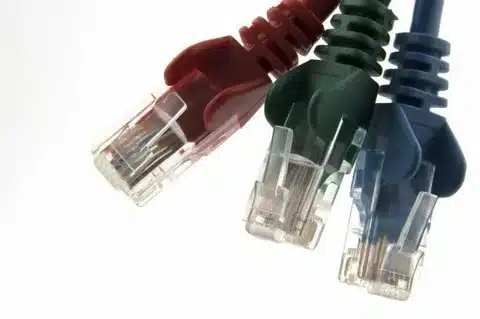
A data cable is designed to do two things: to transfer power to power the devices and to receive data and send data between the devices through the four wires of the data cable. You can theorize about a two-lane highway, one of which is made of electricity and the other of transportation of files, pictures, and information in and out.
Nevertheless, a charging cable is not a two-way street in which there is only one direction that can supply you with power. It is great when charging, but when you need to transfer a file or move some data, you probably will end up using a USB charging cable. you will run out of road.
Why Understanding This Matters
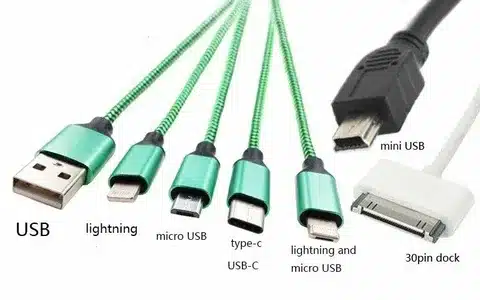
This is what frustrates the majority of the users here, who have often used the wrong cable for its intended use :
- When your cable refuses to transfer files, you assume there must be something wrong with it.
- When you discover a software problem, you burn time trying to troubleshoot it when, in reality, it is a hardware limitation.
- You purchase several cables, not knowing which cables are capable of transferring data or not.
- You get caught up in crucial times (as when you need to suddenly move files to create a presentation)
Real scenario: You are attempting to charge your phone before a major trip, but your cable malfunctions. Now you are rushing to get the correct cable or other solution at the eleventh hour, especially if you have bought cheap cables.
Charging Cable vs. Data Cable — Side by Side
| Feature | Charging Cable | Data Cable |
| Primary Function | Power delivery only | Power + data transfer |
| Internal Wiring | 2 wires (positive & negative) | 4 wires (2 for power, 2 for data) |
| Thickness | Usually thinner | Often thicker due to extra wiring |
| Price | Generally cheaper | Typically more expensive |
| Computer Recognition | Device charges only | The device appears for file transfer |
Internal Build Difference
- Charging cables: Only have the power wires (VCC and Ground)
- Data cables: contain both power cables and the data transmission cables (D+ and D-).
How to Tell Which Cable You Have
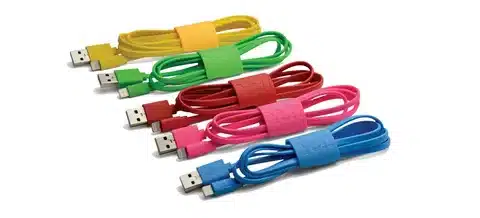
Method 1: The Transfer Test (Most Reliable)
- Plug your device into a computer with the cable.
- See whether your device can be recognized as a storage.
- attempt to copy a small file
- Result: file transfer. Assuming that only charging occurs = charging cable.
Method 2: Physical Inspection
- Thickness: Data cables are frequently heavier and thicker.
- Build Quality: Build Quality Data cables are generally thicker because of some internal wiring.
- Labeling: Find e.g., USB 2.0, USB 3.0, or data sync compatible.
Note: This is not a 100% valid method because some manufacturers produce thin data cables or thick charging cables, often marked with the USB logo.
Types of Data Cables (Beyond USB)
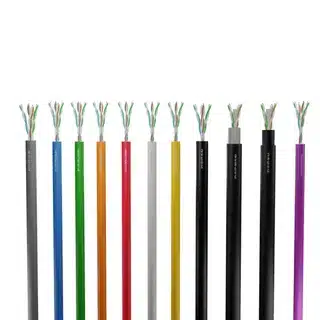
Although most attention is given to USB cables, including micro USB cables, the phrase data cable is broader:
Network Data Cables
- Twisted Pair (Ethernet): Cat5e, Cat6 internet cables.
- Applied at offices, homes, and data centers.
Video/Audio Data Cables
- Coaxial: older internet connections, TV cables.
- HDMI/DisplayPort: DisplayPort is a high-definition graphics/video and audio transport protocol.
High-Speed Data Cables
- Fiber Optic: Data Transmission over long distances, and it is very fast.
- On internet backbones and enterprise networks, there is more power.
The purpose of these industrial data cables is the same as the purpose of your USB data cable; convey the data receive and data between point A and point B.
USB-C: The Confusing Exception
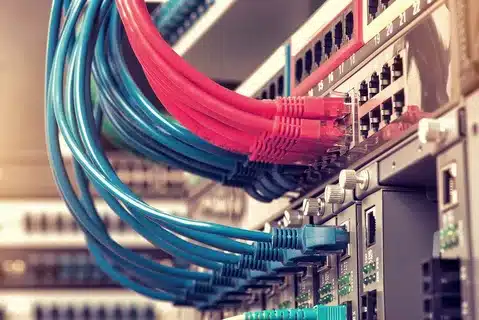
USB-C cables are virtually the same; the only difference is that, in this case, not all USB-C cables support data transfer.
The USB-C Confusion
- There are also USB-C cable versions that are just power (less expensive to make).
- Others are in favor of complete data transfer + rapid charge.
- Physically, it is next to impossible to distinguish the wires inside.
- Solution: Test functionality always, or purchase from manufacturers where capabilities are well defined.
That is why such an expensive USB-C could not be used to transfer files; maybe it is created to provide power charging for devices fast only two wires.
Tips for Choosing the Right Cable
Before You Buy
- Check specifications: Find explicit references to “data transfer” or “sync compatible”
- USB standards: USB 2.0, USB 3.0, USB 3.1 all allow data (speed varies)
- Brand reputation: The brand capabilities of established manufacturers are typically spelled out.
What to Look For
- Conspicuous packaging, which states the transfer capabilities of data.
- USB, version specifications (2.0, 3.0, 3.1, etc.)
- OTG-compatible labels or sync cable labels.
- Do not use cables that are simply called a charging cable or power cable.
Testing Your Purchase
New cables must always be tested with real file transfers first before being trusted to any serious assignments, especially when connecting to a storage device, a USB-C charge-only cable.
Quick Testing Checklist
Before assuming your device cable is broken:
ATTEMPT to connect to another device/computer.
Compare against the known data cable USB spec.
Is the cable marked as compatible with data?
Save your settings on your device, and enable file transfers
Test with a small file first
Conclusion
The second is because the cable that fails to transfer files but otherwise charges a fine does not believe that it is faulty, only that it is performing its designated task, which is to pass data via its data lines. Learning how to tell the difference between charging cables, particularly those on older devices, and data cables can save you time, money, and frustration, not all USB cables.
Do not dispose the cable that is faulty. Tested properly, and should it really be a charging-only cable, as many micro USB socket cables are, with red and black wires, it makes a nice emergency power supply until you can part with the money to get a real data cable and transfer files using the USB port.
Did a charging-only cable ever fool you? Enter your cable confusion and your relationship with solutions in the remarks field beneath-you could save somebody that sort of trouble.





